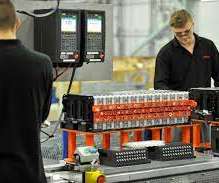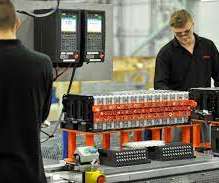KAUST uses laser pulses to boost performance of MXene electrode
Green Car Congress
JULY 28, 2023
The researchers made an anode from the laser-scribed material and tested it in a lithium-ion battery over 1000 charge-discharge cycles. With the nanodots in place, the material had a four-fold higher electrical storage capacity than the original MXene and almost reached the theoretical maximum capacity of graphite.











Let's personalize your content